
views
What if that kind of manual plopped down in front of you? Should you trust it? A curious question may lead you to the answer.
The Bible can be described as life’s instruction manual. It claims to be the trustworthy word of God.[1]
X
Research source
Christians may have various reasons for believing the Bible, but should it be trusted? This article goes over some reasons given, for why the Bible should be considered authentic and trustworthy. The arguments are based on the Bible’s overall text and prophecies, as well as other corroborating sources. Additionally, it includes advice that the Bible itself gives for those who wish to determine whether it is trustworthy or not.
Starting with Tips From the Bible Itself
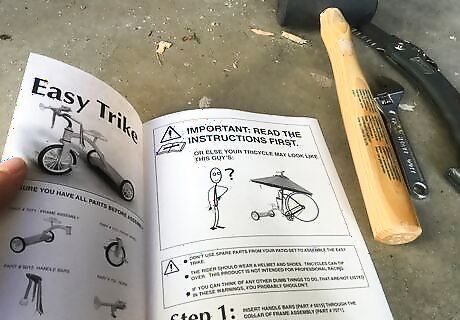
Know why we are looking at tips from the Bible, in order to determine its trustworthiness. It may sound like circular reasoning, but if the Bible is true, then its instructions for how to understand its trustworthiness would be pertinent as well. Let’s look at a few of those tips below.

Ask God for help. The Bible says that we can ask God for wisdom; and it assures us that He won’t get mad if we ask Him in faith. We are encouraged to continue asking Him until He answers, and to not give up on our pursuit! The Bible speaks of God’s willingness to give good, necessary things to those who ask Him. Jesus said, “Ask, and it will be given to you; seek, and you will find; knock, and it will be opened to you.” (NKJV)

Humble yourself. The Bible seems to say that humility is a requirement for knowing. It says that God resists the proud, but gives grace to the humble (see James 4:6-10).

Ask yourself this question, “If the Bible is true, am I willing to do what it says?” According to the Bible, how you respond to that question will determine whether you will be able to properly discern its authenticity. Jesus said it this way in John 7:17 (NKJV): “If anyone wills to do His will, he shall know concerning the doctrine, whether it is from God or whether I speak on My own authority.’’ See also, Jeremiah 29:13. Warning: The Bible says that God will allow deception to overcome people who are determined to believe lies.
Examining the Bible’s Foretelling of Future Events
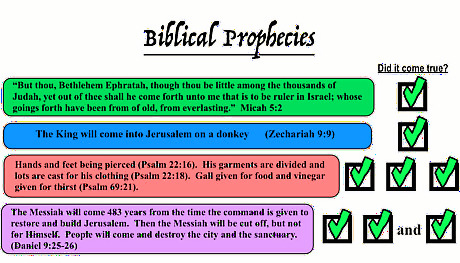
Know why we are looking at prophecies in the Bible to see if it is true. Over the years, as the Bible was written, it included many prophecies. Some were fulfilled shortly after they were given; others were fulfilled hundreds, or even over a thousand years after they were written. Some are being fulfilled today, and still others speak of future events. In the Bible, God spoke of His accurate foretelling of future events as one test to determine whether a message was truly from Him. The Bible’s fulfilled prophecies appear to be a major piece of evidence for its trustworthiness. Let’s take a look at some of these prophecies below, and you can decide for yourself.

Take a look at examples of Biblical prophecies. Here are just a few things to think about: The prophecies were often specific (e.g. 1 Samuel 10:1-11). Details about nations and leaders were prophesied (e.g. Babylon, Media-Persia, Greece, Egypt, Cyrus and Alexander the great).

Read a prophecy about when the Messiah would come. Although in somewhat veiled language, the book of Daniel contained the following things: The messiah would come 483 years (7x7 + 62x7) after the command would be given to restore and build Jerusalem. After the 62 “sevens”, the messiah would be cut off, but not for Himself. People would destroy the city and the sanctuary (which occurred in AD 70, at the hands of the Romans). Check It Out: In his book “The Coming Prince” (written in the late 1800s), Sir Robert Anderson thoroughly investigated the historical fulfillment of this prophecy regarding the coming of the Messiah. According to Anderson, the decree to build Jerusalem (the starting point of the prophecy’s timeline) was given by Artaxerxes on March 14th, 445 BC. Anderson gave April 6th, A.D. 32 as the day that Jesus entered Jerusalem on a donkey. Anderson calculated 173,880 days from the first date to the second; and he explained how that was the exact number of days the prophecy in the 9th chapter of Daniel had foretold. In his explanation, Anderson included many factors, including 360-day years, lunar cycles, the Jewish calendar and traditions; Jewish, Babylonian, Persian, Greek, Roman and Biblical histories;Gregorian calendar rules for leap years; inclusive addition, etc. It may be important to point out that the fulfillment of the prophecy in Daniel 9 is not dependent on Anderson’s calculations being correct. Whether his calculations were precisely correct, or if he missed possible factors that would make his dates off by a few days or years, his explanation still serves to demonstrate the plausibility of the prophecy being fulfilled in the required time frame.

Read additional prophecies about the Messiah. Here are some examples: Where the Messiah would be born (i.e. Bethlehem Ephrathah). How the Messiah would die: About a thousand years before Jesus’s crucifixion, the Psalms talked about hands and feet being pierced, among other details surrounding Jesus’s death. Over 500 years before Jesus’s crucifixion, Isaiah 53 explained why Jesus would die. It also described additional details surrounding Jesus’s death and hinted at His resurrection.

Read God’s promise regarding the continuity of seasons, as well as continuity in day and night cycles. He said, “While the earth remains, Seedtime and harvest, Cold and heat, Winter and summer, And day and night Shall not cease.” (NKJV)

Read the Bible’s prophecies regarding persecution and apostasy. These prophecies also indicate characteristics of people in general, during the time leading up to the end of the world. They say that people will be selfish, greedy, proud, slanderers, etc.
Finding More About Jesus

Understand why we are reading about Jesus to determine the authenticity of the Bible. Hundreds of years before Jesus was born, the Bible spoke of a coming messiah. Then, in the 1st century AD, Jesus began fulfilling the prophecies about this coming messiah. In addition to His attested miracles, Jesus Himself claimed to be the messiah. Because of these things, it is logical to examine the life of Jesus to gain insight on the trustworthiness of the Bible, since it seems to point toward Him.

Know whether Jesus believed the scriptures to be trustworthy. Here are some things to consider: Jesus placed importance on knowing what the scriptures say. Matthew 22:29 (NKJV) says, “Jesus answered and said to them, ‘You are mistaken, not knowing the Scriptures nor the power of God.’” Jesus pointed out the accuracy of scripture. Jesus quoted from the Pentateuch, the psalms, and the prophets (i.e. Isaiah, Jeremiah and others).

Consider Biblical individuals and events that Jesus talked about. Here are a few examples: God’s creation of the first humans. Noah and the flood. Abraham. Jonah being swallowed by a sea creature, and then preaching to the people of Nineveh. It can be seen that Jesus didn’t just refer to these people and events as make-believe stories, but as reality.

Determine whether Jesus Himself proved to be trustworthy. Here are a few examples of things that Jesus is recorded as saying, which were also recorded as later coming true: That dead people would hear His voice and come to life. Then He spoke to dead people and they came to life. That Peter would deny Him three times before the rooster crowed. Jesus also said that Peter would be restored. And it happened as Jesus had said. That He was going to be betrayed and then killed. That after He would be killed, He would come back to life on the third day. Multiple witnesses reported that it happened as He had said. For Further Study: It is understandable that people may, at first, have a difficult time accepting Jesus’ resurrection as reality. If you would like to examine this more closely, the following resources may be a good place to start: A brief review of explanations offered for the resurrection, by J. Warner Wallace (a cold-case homicide detective). Evidence for the resurrection - An interview with Dr. Gary Habermas. The accounts recorded in Matthew, Mark, Luke and John.

Consider Jesus’s miracles. Jesus pointed to His actions as confirmation of His identity and message. The following are examples of His actions, as described in the Bible: Healing leprosy, paralysis, bleeding, deafness & a speech impediment, possession, blindness, and possibly agnosia as well as other conditions. Demonstrating authority over nature: Speaking to the wind and sea during a storm, and they obey. Turning water into wine. Walking on water. Feeding a crowd of thousands with a few loaves of bread and some fish, twice! On both occasions, they ended up with leftovers that amounted to more than what they started out with. Surprising disappointed fishermen with a large catch of fish, twice! Cursing a fig tree, and it withers. Overcoming death.
Examining the Archaeological Evidence
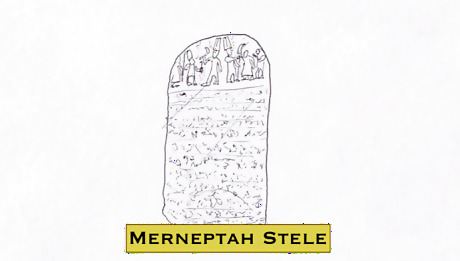
Read about the Merneptah stele. It was excavated in Luxor, Egypt in 1896. The translation of this engraved stone mentions various places which are also mentioned in the Bible, including Libya, Memphis, On, Upper and Lower Egypt, Canaan, Ashkelon, Gezer, and Israel.

Read about the Mesha stele. It was discovered in Dhiban, Jordan, in 1868. The translation of this engraved stone mentions Omri, who was a king of Israel. It also mentions the city of Dibon, Horonaim (possibly), Chemosh and other places and names. These are mentioned in the Bible as well.

Read about the Tel Dan stele. It was discovered in 1993 and 1994, near Dan, Israel. The stele mentions Israel, and the house (i.e. lineage) of David (a king of Israel, about whom the Bible gives much information).
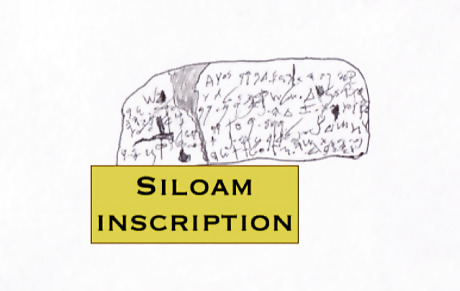
Read about the Siloam inscription. It was discovered in the Siloam tunnel (Israel) in 1880. This inscription describes the completion of the tunnel. Although the legible portion of the inscription does not mention Hezekiah, the tunnel is probably the one built by him as mentioned in the Bible.

Read about the Pilate stone. It was discovered in 1961, in Caesarea Maritima, Israel. Although some letters are missing, this stone fragment contains the name “Pontius Pilate”. It also seems reasonable to read that he was the prefect of Judea (by filling-in some missing letters). The Bible also gives some information about Pilate, describing his face-to-face interview with Jesus (see John 18:28-19:22).

Read about the Cyrus cylinder. It was apparently discovered in Iraq, in 1879. It corroborates what the Bible says in the following details: It mentions Cyrus (it appears to be a declaration of Cyrus himself). The Bible also mentions a few things about Cyrus. It portrays Cyrus as one who returned captive or displaced people to their lands, and helped to restore their dilapidated temples. Although it may not mention the Jewish people directly, it still helps to corroborate his actions recorded in the Bible (see Ezra 1:1-4). According to the translators of the cylinder, Cyrus gives honor to a god named “marduk” (a Babylonian idol). This is consistent with what God said about Cyrus in the Bible; it said that he would not know or acknowledge God even though he would still be accomplishing God’s will in issuing the decree to rebuild the temple in Jerusalem (see Isaiah 45:1-6).

Read about the Dead Sea scrolls. In the 1940s and 50s, many scrolls were discovered in caves along the west bank of the Dead Sea. Among other writings, portions of every book of the old testament, or Tanakh were found (except for the book of Esther). An almost-complete copy of the book of Isaiah was found in Qumran cave 1, which had only minor differences from the manuscripts that were available before its discovery. This archaeological find seems to help confirm the accuracy of the Biblical text we have available today.
Examining Additional Corroborating Evidence
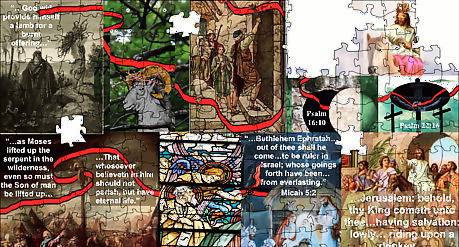
Determine whether the Bible (as a whole) shares a logical, cohesive message. Although written with different styles, in multiple locations, by various authors over a wide span of time (over a thousand years, according to the timelines given in the Bible itself); a consistent message is woven throughout the scriptures. Jesus, and God’s plan to rescue mankind appear to be the central theme. Asking you to read through the whole Bible for this step is too much to ask; but hopefully, as you have been reading this article, you have begun to see instances of the Bible’s internal consistency, which you can further investigate later if you wish.
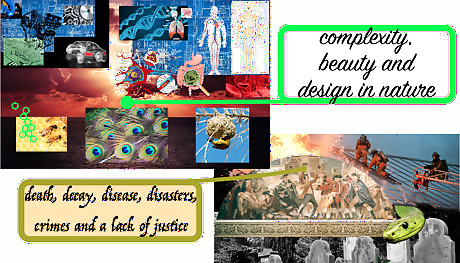
Compare the Bible with what you observe in the world. Determine whether the Bible gives a logical explanation for the good and evil observed in the world. For example, we observe complexity, beauty and design in nature. And yet we also observe death, decay, diseases, disasters etc. The Bible gives the following explanation for this conflict: God created the world and all that is in it, and it was good. Bad things began in the world because of people choosing to do evil. God has supreme power over all things; yet in His wisdom, He allows people to choose to do good or evil. He allows evil to take place to a certain extent (e.g. He allowed Jesus to be killed, in order to provide salvation for mankind). God will one day restore justice and destroy the evil. God is currently accomplishing a plan to create a new world, free from evil. Only those who have accepted God’s payment for evil (i.e. Jesus’s payment for our crimes with His own life) will be a part of this new world.
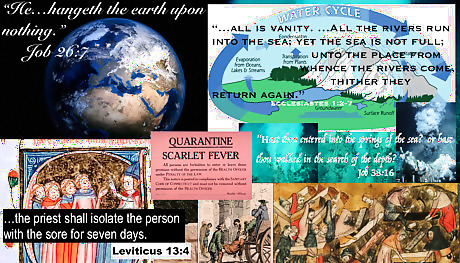
Examine the scientific evidence. In some cases, science has only recently confirmed things stated in the Bible long ago. Here are a few references from the Bible that science has helped to confirm: The earth hangs on nothing (see Job 26:7). The water cycle is described in Ecclesiastes 1:7. The fountains of the deep, or springs of the sea, are mentioned in the books of Genesis and Job. They were discovered in the 1970s. Leviticus 13 describes the process of isolating people with specific skin conditions. Similar measures were eventually instituted against the black death (plague) in Italy during the 1300s. In response to the idea that isolation is harsh and uncaring, it should also be noted that Jesus demonstrated compassion while interacting with people who had these skin conditions.

Consider present-day traditions that stem from events described in the Bible. Here are some examples: Passover: An annual Jewish holiday which the Bible describes as first being instituted by God when the Israelites were still slaves in Egypt (see Exodus 12). Purim: A Jewish holiday, commemorating the time when circumstances came together to overturn a genocidal plot against the Jewish people (see Esther 9:20-32). Christmas: Celebrating the birth of Jesus (see Luke 2). Easter: Celebrating the resurrection of Jesus. The Gregorian calendar: The counting of years in the Gregorian calendar is based on the date of Jesus’s birth, as listed by Dionysius Exiguus. 7 days in a week (see Genesis 2:1-3). Sunday worship services observed by Christians: The followers of Jesus began meeting together on Sundays. This was apparently done to commemorate the resurrection of Jesus.
Putting the Evidence Together

Ask God to open your eyes. We can study all we can, but know that the Bible says that we need God to open our eyes in order for us to understand its message. It says that our understanding of the message does not depend on our own intelligence, but on God. However, the Bible makes clear that we can ask God to help us understand.An example of what not to do: In the Bible, the builders of the tower of Babel can serve as an example of those who tried to carve their own path. It can be seen that following one’s own way and ignoring God’s path can lead to big mistakes.
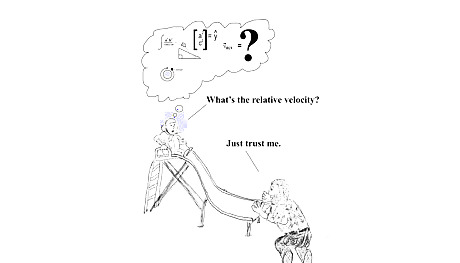
Tell God about your doubts. In spite of all your research, you will inevitably have some questions remain unanswered. God already knows your doubts, so it’s okay to tell Him about them. As you get to know God better by taking small steps of faith (e.g. telling God about your concerns instead of worrying about them, as instructed in Philippians 4:6-7), you can begin to see that God is trustworthy, even when He doesn’t explain all the details. The Bible says, “Oh, taste and see that the Lord is good; Blessed is the manwho trusts in Him! ” (NKJV)
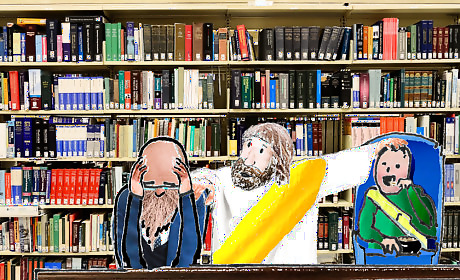
When talking to God, know that He wants to help you. If God really gave us this book in order to tell us something really important, don’t you think He’d help us understand it if we asked Him? Here are some things that the Bible tells us: Jesus compared God’s eagerness to help us, to a father’s willingness to give good things to a child who asks for food (see Matthew 7:9-11). It is God’s will that all people be saved (see Ezekiel 33:11, 2 Peter 3:9 and 1 Timothy 2:3-4). Additionally, John 5:14-15 says that if we ask anything that aligns with His will, He hears us, and we have the requests which we have asked from Him. James 4:8 (NKJV) tells us, “Draw near to God and He will draw near to you. …”
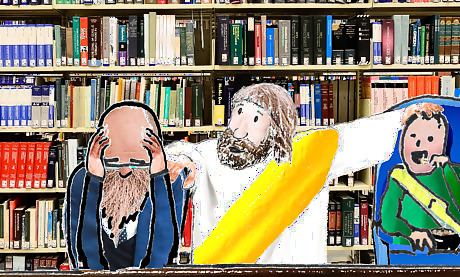
Know that the Bible says our response is required. If you conclude that the Bible is true, then you should know that it gives the following, need-to-know information: God will one day judge all people. We will all be condemned unless we take refuge in the righteousness of Jesus and His payment for all our wrongs. Your Response: Have you concluded that the Bible is true, and are willing to trust in Jesus to save you? Here are some things that may help you with that decision: You may want to read Know That You Are Going to Heaven As a Christian for more information on how to take refuge in Jesus. If you are hesitant to come to Jesus, consider reading John 6:37-40. In it, Jesus said, “All that the Father gives Me will come to Me, and the one who comes to Me I will by no means cast out. ...And this is the will of Him who sent Me, that everyone who sees the Son and believes in Him may have everlasting life; and I will raise him up at the last day.” (NKJV)


















Comments
0 comment